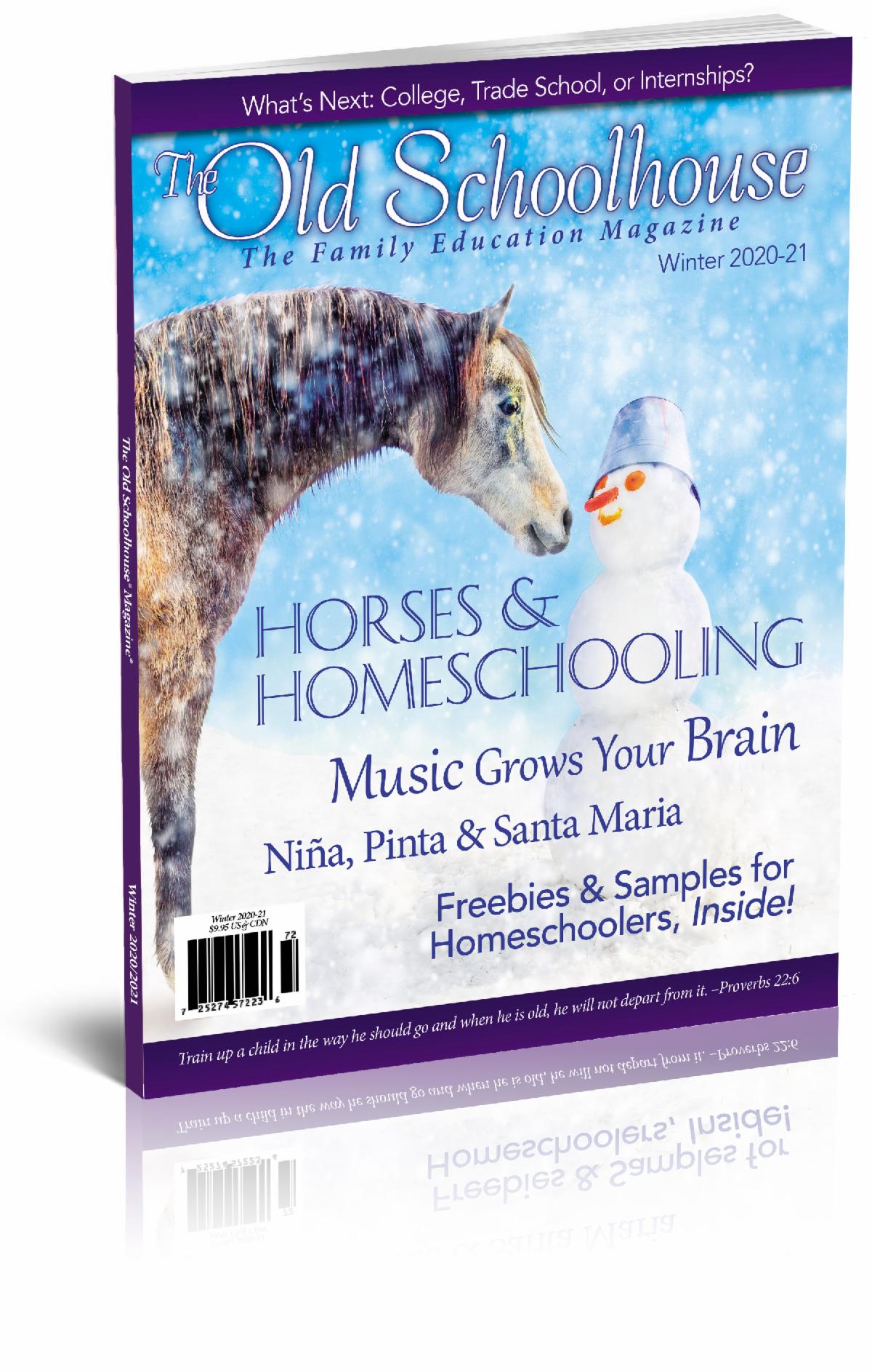The Homeschool Minute- February 17, 2021

Everyone Can Write…Even Your Non-Writer
February 17, 2021
| Gena Suarez When Forever Is Tomorrow |
Hal & Melanie Young
Learning to Communicate in Writing
Stacy Farrell
A Gentle Approach to Writing
Tracy Klicka
Pillar of Hope: If Your Children Can Think, They Can Write!
| Be sure to scroll to the bottom to enter the contest! |
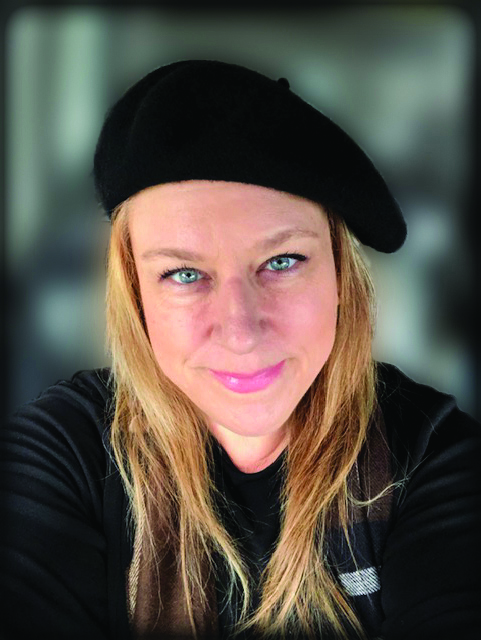
Hey Mama
When Forever Is Tomorrow
Hey Mama,
You do not know what’s around the next corner. What seems like forever is in reality nothing but a blink of an eye. Soon, all that you see will be changed. It will grow up around you, even those little ones struggling to write a 100-word paragraph with a correct topic sentence. In the blink of an eye, Mama, it will be in your distant past.
Yet, we have hope. Our great God and Savior is Jesus. He is our Life, and you are training your children up to love and live for Him, as well. You’re modeling Christ, and nothing in this life could be more important.
That’s one reason teaching our kids to read and write is so crucial. Do you journal, Mama? It’s a great way to document all the Lord has done for you so your kids will see Him in Your life. Then some day . . . when they’re all grown up . . . they’ll record God’s goodness for their own families.
Encourage writing, even if it’s simple. The Lord loves the childlike thoughts of young children, and someday, you’ll look back at those as completely precious . . . to be cherished in your heart.
Forever is not so far away, Mama. Revel in every crazy, noisy moment, and when you just don’t know where else to look, find encouragement in The Old Schoolhouse® Magazine.
God Is a Writer by Wendy Klopfenstein
The Making of a Confident Writer by Ann Empfield
And remember, Mama. . .
He makes all things beautiful. His plans for you are GOOD. All things are in His hand, and no man can snatch you out of that hand. No man can steer His heart away from His good plans, and you are part of those plans. In fact, He is the One Who steers man’s heart. So what seems impossible to you is very possible and easy for the Lord.
Your life is good. It is good because He gave it to you and laid out His plans for you. Do not stomp on those. Do not dismiss what He has for your future days. Embrace what’s yours and be anxious for nothing. Give your anguishing heart to the Lord. He knows it intimately, every corner of it. You can trust Him with it.
Look up. You serve a good Father. All things will come together for GOOD. He has it all under control. Did you know? His hand is on your head today and always.
“And we know that for those who love God all things work together for good, for those who are called according to his purpose” Romans 8:28 (ESV).
– gena
Writing: An Adventure Awaits
Students often see writing as drudgery. I sure did. Yet through a series of events after graduation, I found myself writing novels—and loving it!
The key for me was viewing the writing as an adventure. Writing gave me expression, allowed me to think through difficult choices, feel the tension of conflict, and the triumph of victory.
So maybe your kids dread writing. Maybe they simply don’t see the point. But if they can view writing as an adventure, I think they will open up. Through writing, I have envisioned myself everywhere from the ancient Middle East to a small town in Alabama, from racing on the Underground Railroad to trying desperately to keep a struggling farm alive. The possibilities are endless.
As your kids write, you might be surprised by what comes out. The stories may not be a masterpiece, but they will give a glimpse into your child’s head. What drives them? What do they want to conquer? How would they handle conflict? And besides all that, writing is an engaging, productive activity for them to do during free time. Not everybody has a hundred acres to go race four-wheelers on and build forts. But if your kids write, they can explore even more exhilarating experiences than that.
Peter Brenton never asked for this—not slavery, not the divide, certainly not the war. But as the events of 1861 grow worse, he is forced to choose a side. Should he stay and defend Virginia, or should he join the North to help preserve the Union? And how does either choice affect his secret work? He cannot remain neutral forever. He must choose, or his country will choose for him.

Raising Real Men
Hal & Melanie Young, RaisingRealMen.com
Learning to Communicate in Writing
Writing is one of those things that really intimidates people. It shouldn’t, though; writing is really just communicating . . . and we do that all day, every day. What can you do to help your child learn to communicate in writing, too?
Take handwriting out of the equation. Many kids hate writing because they hate handwriting. Penmanship and composition are not the same thing. We’ve written nine books and didn’t hand-write a page of them! Let them dictate or type.
Use story maps. Outlining can be useful, but organizing your thoughts is much easier with story maps. Just write your topic in the middle of the page and circle it, then brainstorm, putting other ideas in circles around it. Connect related ideas with lines. Pretty soon, the bubbles with many connections will indicate your main points, and organization will emerge! Writing is infinitely easier when you’ve thoroughly brainstormed first.
Start in the middle. The introduction and conclusion are the hardest parts! How do you introduce something you don’t know yet? Write the sentences or paragraphs for each of your points, then go back and write the introduction and conclusion.
Dump the dumb topics. If your child is passionate about dinosaurs or horses, why on earth shouldn’t he write about that instead of the lame topic in his curriculum? Don’t be afraid to change it up! It’s about the process of writing, not what you’re writing about.
Try different genres. You could start with a procedure, “Tell me how to make an omelet, or build a model, or play a game.” The natural order makes it easier. Or try fiction for an imaginative child. You might try a persuasive essay for an opinionated one. Once they’re writing, it’ll be easier to try other genres.
Don’t be intimidated. If you can talk, you can write. It’s just communication, though a very important kind. It’s worth learning.
Your friends,
Hal & Melanie
Is writing paragraphs and essays upsetting for your 5th – 8th grader? Try a free sample chapter of Jump In and a grading grid at WritingWithSharonWatson.com.

Stacy Farrell
A Gentle Approach to Writing
DOES THE BLANK PAGE SCARE YOU?
If you feel intimidated by writing, teaching your children to write may seem like an impossible task.
But it’s really not.
With the right tools and a bit of courage, you can do it.
HOW YOU THINK ABOUT WRITING MATTERS.
State of mind plays an important role when it comes to teaching. (Remember the little engine that thought he could?)
The thought of teaching advanced writing like research papers and formal essays can be daunting. But taking a gentle approach to writing initially can help build confidence (yours and your student’s).
That makes it so much easier to tackle more challenging writing assignments later on.
START BY PLAYING WITH WORDS.
One of the hardest parts of writing can be simply getting started. That’s why creative writing prompts can be so helpful.
Some creative writing exercises allow students to imagine they are part of a story—and they get to write the ending.
They don’t have to worry about technical aspects of writing like grammar or spelling. Instead, they are invited to simply play with words. That’s a great way to ease into the writing process.
GUIDANCE AND RESOURCES
For practical instruction and writing tips, here are some helpful links:
- 5 Easy Ways to Get Your Students Excited About Writing
- Are you trying to teach a reluctant writer?
- One student’s creative writing exercise
Blessings on your writing adventure,
Stacy

Easy to use and affordable, Structure and Style for Students® with Andrew Pudewa brings a successful solution to your writing lessons—guaranteed! IEW.com/free-lesson

Tracy Klicka
Pillar of Hope: If Your Children Can Think, They Can Write!

In surveys about what people fear the most, public speaking is often ranked in the top five. In fact, in one survey from 1977, more people mentioned public speaking as their biggest fear than death! As a graduated homeschool mom of seven who has spoken to thousands of homeschooling moms, I would add that probably 6 out of 10 kids would rather die than write a paper.
So, how can we help our kids climb this Mt. Everest?
It all starts with a love for story. I’ve been reading to my kids since they were babes—it was my favorite activity. Long before your kids ever write a sentence, read whole books that are age appropriate to them. Well-written stories—all kinds of fiction, true adventures, hero stories, and history made interesting—engage children, develop their imagination, and painlessly educate them.
Next, talk about what you read. Even toddlers can form thoughtful sentences that reflect their understanding of the story. Make it a practice to ask kids questions about What, Where, When, Who, and Why. As you do this, over time, your children will not only grow in their love for story, but they will also start to subconsciously learn what “good” language looks like. Learning to think well and articulate that thought is the foundation for learning to write well—and it’s fun!
Tracy Klicka, widow of former HSLDA attorney Christopher Klicka, is a homeschooling mom of seven adult children. Seasoned homeschooler and gifted writer/speaker for over 22 years, Tracy has addressed thousands at homeschooling conventions and women’s events, contributed to Christianity Today, regularly writes for national homeschool publications, and contributed to her late husband’s homeschooling books. She serves as the Director of Development for HSLDA, through which their Compassion Program helps families homeschooling through hard times.
Through one unique curriculum, individuals learn proofreading, demonstrate writing proficiency, and fulfill 7th-12th grade credit requirements, using a four-step critical thinking process.
www.stepupwithann.com 806.570.2741
Get the help you need from home with the “Homeschool Parent Helps” Resource Guide in the Winter 2020 issue of The Old Schoolhouse® Magazine. Five pages of resources give you exactly what you need from tools and aids for special needs to animal games and cooking fun. We’ve got you covered!
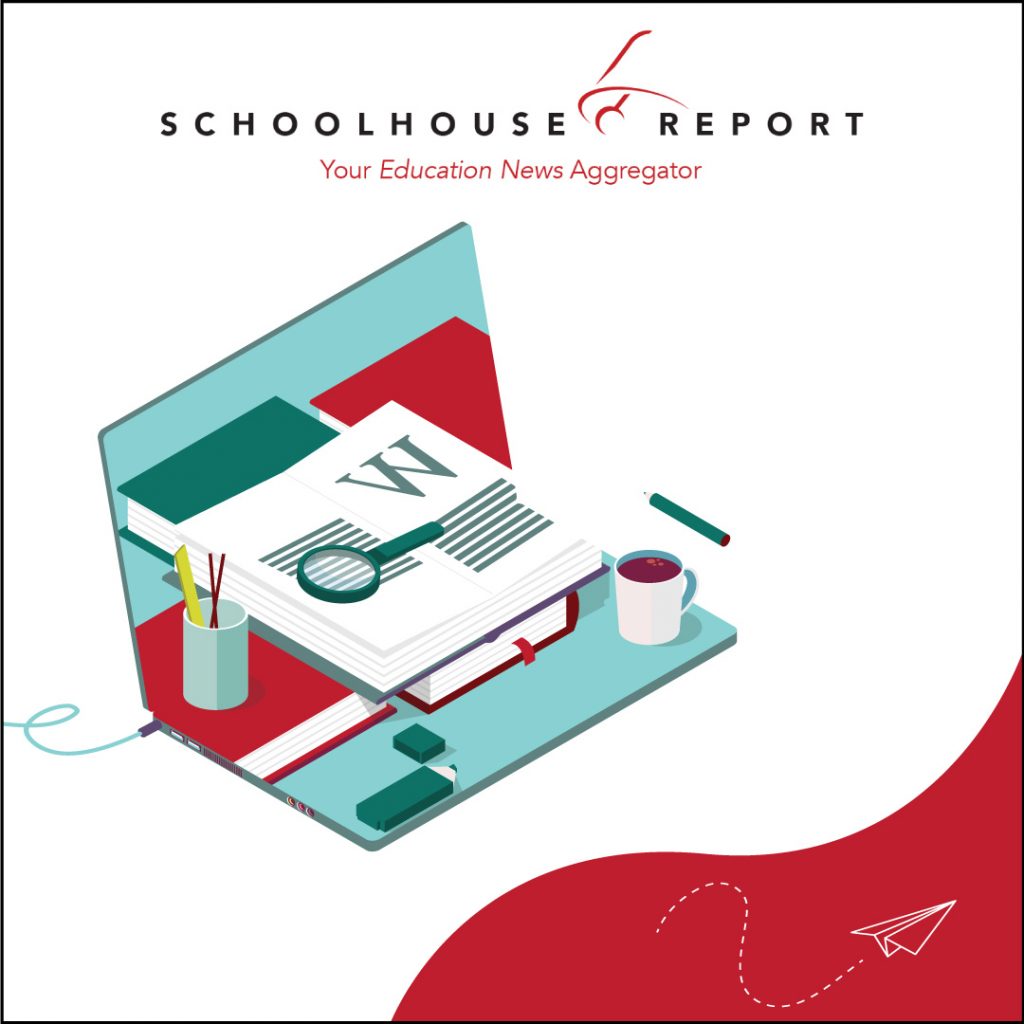
Stay up-to-date with the most recent homeschool happenings by visiting www.SchoolhouseReport.com! From how the pandemic has been affecting homeschooling on a large scale to the changes in public schools and how that relates to homeschooling, you will find a wide range of educational topics to keep you in the know. Education news aggregator www.SchoolhouseReport.com is THE source for your homeschool-related news content.

Come share what works for you and what you look for in homeschooling curriculum through a quick and easy homeschooling survey by The Old Schoolhouse®. The first 1000 participants will receive a digital gift pack valued at over $200! Gift pack includes a DOTTIOS Addition Puzzle Game from City Creek Press Inc., CrossTimber’s The Amazing Name Activity Set, a full year of Spelling Ninja from Reading Kingdom, LitWits Explorer’s Guides, and more! Plus, each entrant will be entered to win a De’Longhi All-in-One Combination Coffee Maker and Espresso Machine (ARV $270.61). Grand prize is US only.
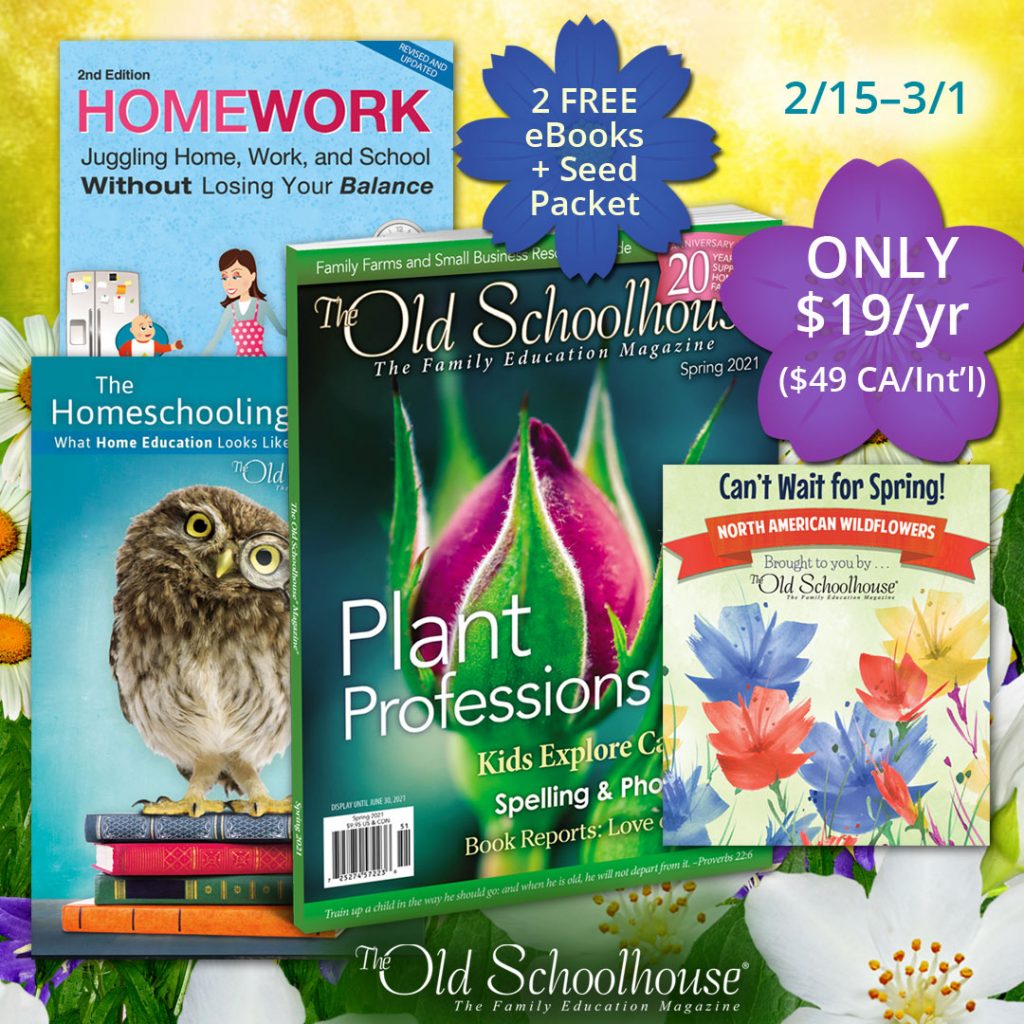
Who else can’t wait for spring? Purchase a one-year subscription to The Old Schoolhouse® Magazine during the Can’t Wait for Spring Sale (February 15–March 1), and we’ll send you a beautiful wildflower seed packet (US only). Pay only $19 (reg. $29)—only $4.75 an issue! International subscribers can receive an annual subscription for only $49 (reg. $59). Everyone who orders will also receive two eBooks to help you in your journey—The Homeschooling Primer and HomeWork: Juggling Home, Work, and School Without Losing Your Balance.

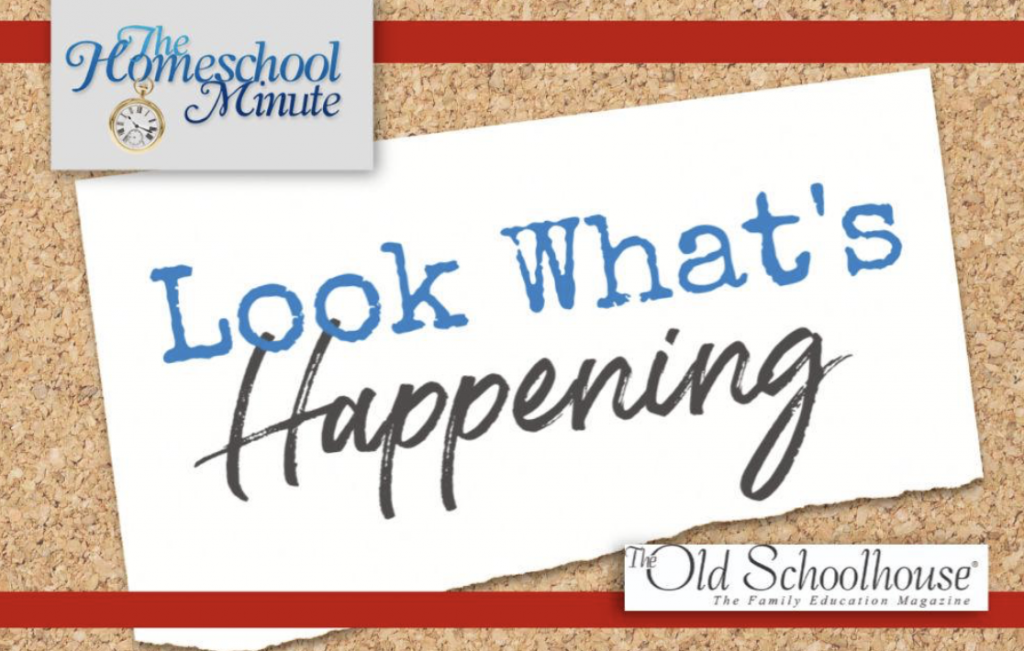

Florida
Look What’s Happening!
Florida Parent Educators Association presents HEROIC: The 2021 FPEA Homeschool Convention on May 27-29 in Orlando. Early Bird Registration (January 2 to March 1) is $65 for FPEA Members; $105 for Non-Members.
FREE
Share this newsletter with a friend, and be sure to let those CONSIDERING homeschooling know about the enormous FREE info-pack which awaits them here: www.TryHomeschooling.com.
A division of The Old Schoolhouse® Magazine
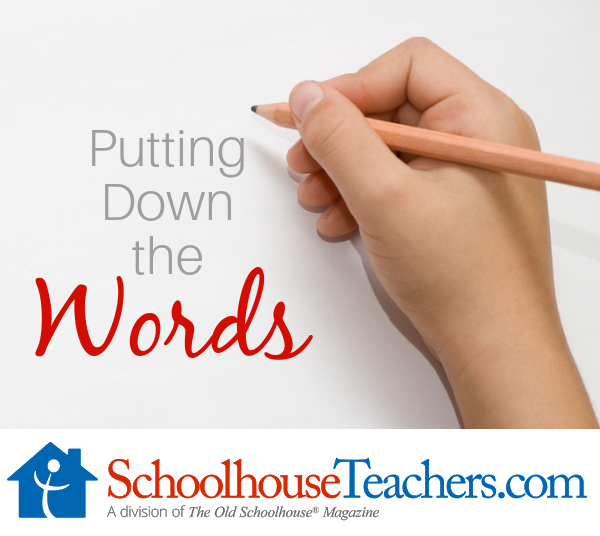
Did you know?
Every class is INCLUDED for ultimate members!
No limits.
Good communication skills are central to adult life. But what if your child is a reluctant writer? Maybe it’s time to switch it up with SchoolhouseTeachers.com. We have something for everyone, from the straightforward story writing course Adventures in Writing to How to Write a Resume. Kids can learn to write using photo prompts, outdoor adventures, movies, and more. SchoolhouseTeachers.com has every subject. Every grade. Every student covered.
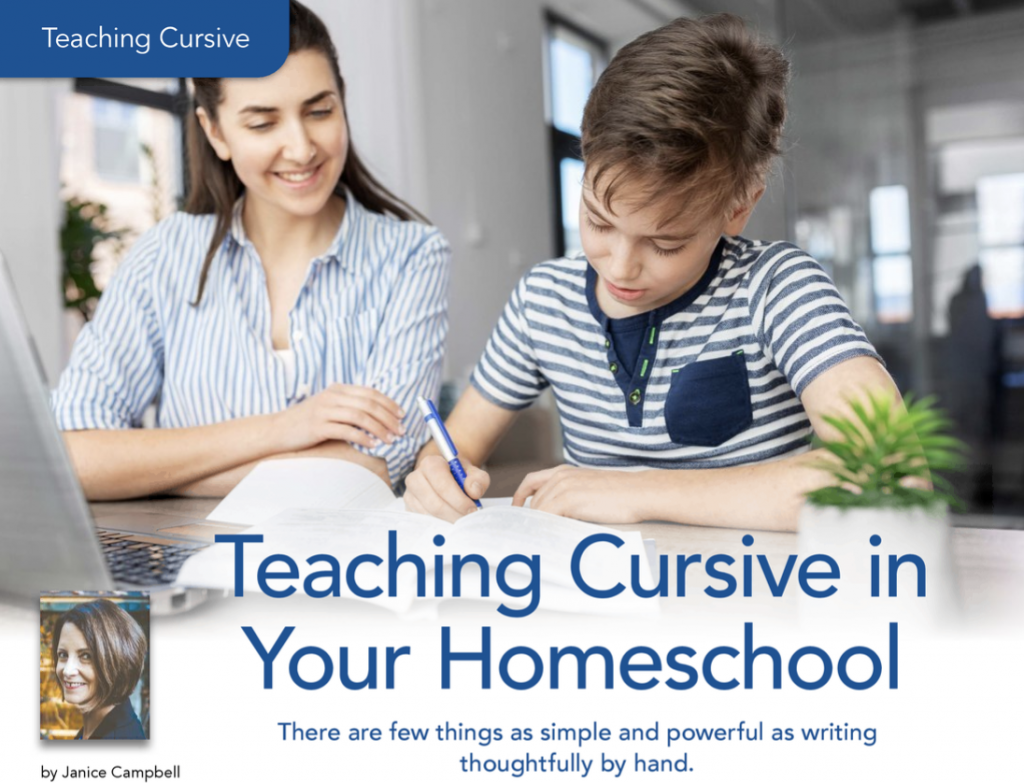
in the winter issue of
The Old Schoolhouse® Magazine.
Congratulations to Amy Caton from Ohio who won our December giveaway!
Contest Corner
for the month of February
Addition and Subtraction Workshop
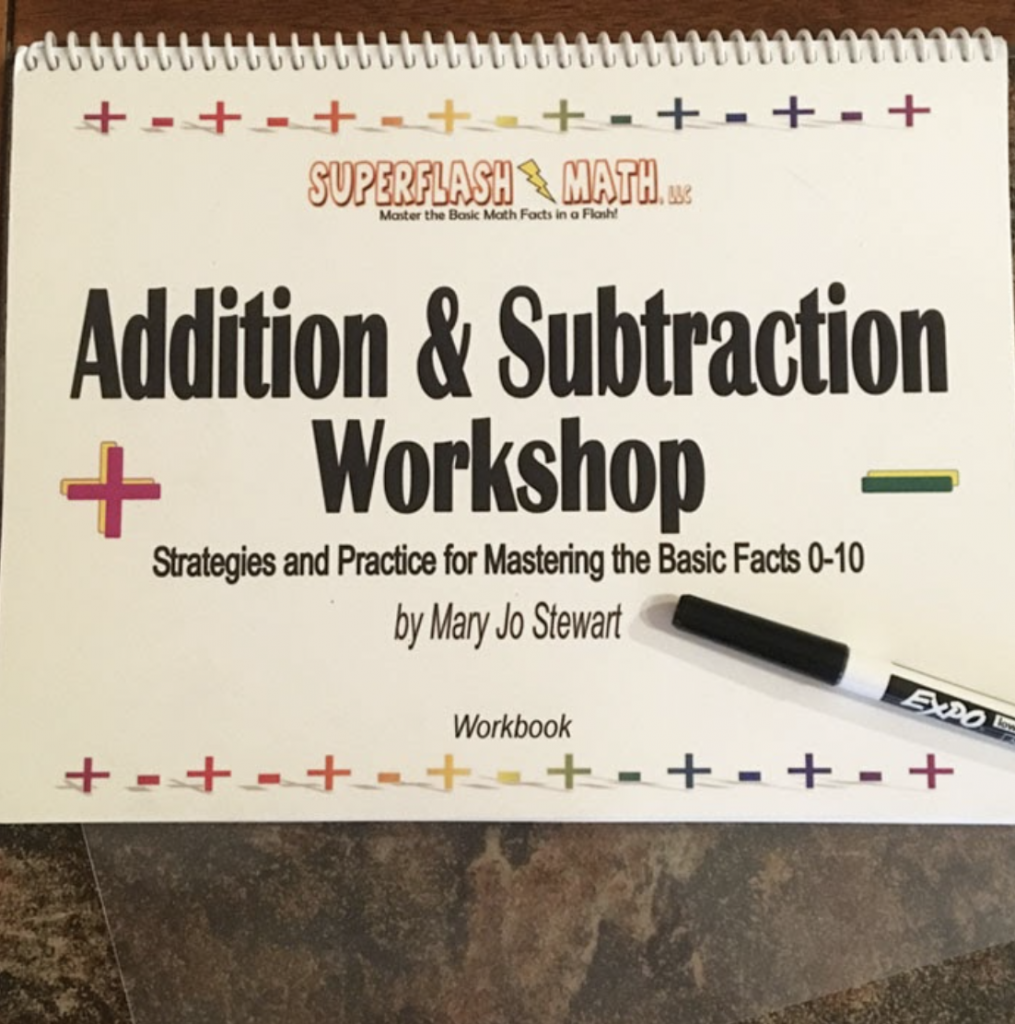
http://superflashmath.com
Mary Jo Stewart is the author of Addition & Subtraction Workshop because of 30+ years of tutoring and homeschooling. She noted students’ frustration when it came to learning addition and subtraction facts. She tried to eliminate the frustration of students being slowed down by basic math facts with her method of learning.
All 121 basic addition and subtraction facts are laid out in nine sections in this flip-style workbook. A plastic overlay is supplied for dry erase markers to be used on each of the lesson’s pages. There are short lessons at the beginning of each section and then many varying exercises to expose the child to the math facts studied in each section. These exercises include but are not limited to fill in the blanks, matching, speed tests, and number lines. The answers to each exercise are on the rear of the page. The plastic overlay can be removed and placed on the answer side to see if the child’s lines or answers match up.
I used this book with my 6-year-old son. He knew nearly half of his math facts before starting this workbook so we used it to accompany the math curriculum he was currently using to reinforce his lessons and gain a new perspective on the same information. We drilled with this book daily for the last several weeks. I must say, I have never seen him so excited to do his math before! He wanted to do more pages and never wanted to put it away. He especially loved the timed exercises as he is competitive and thrived on trying to beat his previous score.
Go to the contest page of our site where you can ENTER TO WIN the Addition and Subtraction workbook.

The WINTER issue of The Old Schoolhouse Magazine
is now available for FREE online!
Click the graphic to read it cover to cover!
Read the WINTER 2020 issue free at www.TOSMagazine.com or download the free mobile apps at www.TOSApps.com.
Get the print issue here.
VIEW BACK ISSUES: Current subscribers go here to access all back issues.
| We Want Your Feedback! |
| If you liked today’s Homeschool Minute, please email the editors and tell us what part you liked most. It’s a huge blessing to receive feedback! Please add publisher@theoldschoolhouse.com to your email contacts so that our emails to you don’t land in spam. |






